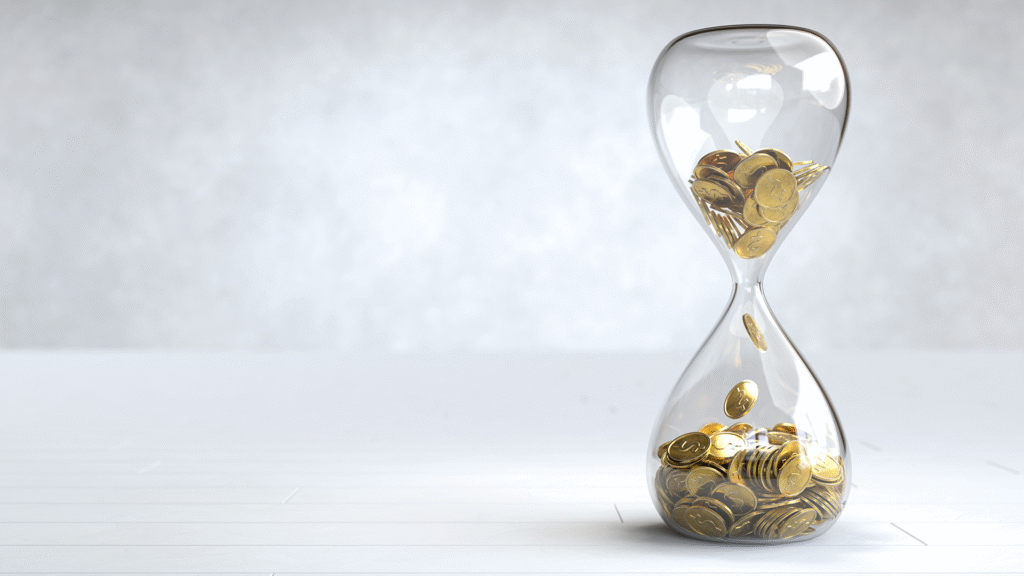Debt-free living is more than just a financial goal; it’s a lifestyle that brings peace of mind, financial security, and the freedom to pursue your dreams. Loans and credit card debt can feel overwhelming, but with the right strategies, you can take control of your finances and eliminate debt faster. This guide will walk you through practical steps to achieve debt-free living, from assessing your financial situation to developing habits that ensure lasting financial independence.
Assess Your Financial Situation
Before you can tackle debt effectively, you need a clear understanding of your current financial position. Start by listing all your debts, including credit cards, personal loans, and student loans. For each debt, note the total amount owed, the interest rate, and the minimum monthly payment. This comprehensive overview will provide insight into the scope of your financial obligations.
List all your debts-credit cards, personal loans, student loans, or car loans-and include details like total balance, interest rate, and minimum monthly payments. For example:
- Credit Card Debt: $5,000 at 18% interest.
- Personal Loan: $10,000 at 7% interest.
- Student Loan: $20,000 at 5% interest.
This clarity helps you prioritize which debts to tackle first based on their impact on your finances.
Next, take a closer look at your spending habits. Review your monthly expenses to identify areas where money is being wasted or could be redirected toward debt repayment. Look for non-essential expenses such as dining out or subscriptions that can be trimmed. Finally, set clear and achievable goals for becoming debt-free. Define what this means for you-whether it’s eliminating all debts or focusing on high-interest ones first-and establish a timeline for achieving these goals.
Create a Realistic Budget
A budget is your most powerful tool for managing money and prioritizing debt repayment. Start by tracking your income sources and categorizing your expenses into fixed costs (like rent or mortgage) and variable costs (such as groceries and entertainment).
Use methods like the 50/30/20 rule:
- Example: If your monthly income is $4,000:
- 50% for needs: $2,000 (rent, utilities, groceries).
- 30% for wants: $1,200 (entertainment, dining out).
- 20% for debt repayment: $800.
By sticking to this budget, you can consistently contribute extra payments toward your debts without compromising essential expenses.
Choose a Debt Repayment Strategy
Selecting the right repayment strategy can significantly impact how quickly you pay off debts. Two popular strategies can guide your repayment plan:
Snowball Method (Focus on Smallest Debt First)
- Example:
- Credit Card: $2,000 at 18%.
- Personal Loan: $5,000 at 10%.
- Student Loan: $15,000 at 6%.
Start with the credit card debt first by paying as much as possible while making minimum payments on other debts. Once it’s cleared, move to the personal loan. This approach builds psychological momentum as you see quick progress.
Avalanche Method (Focus on Highest Interest First)
- Example:
- Credit Card: $10,000 at 20%.
- Car Loan: $8,000 at 8%.
- Student Loan: $12,000 at 5%.
Here, prioritize the credit card debt since it has the highest interest rate. This method saves more money in the long run by reducing total interest paid over time.
Increase Your Income
To accelerate your journey toward becoming debt-free, consider ways to increase your income. Here are some actionable ideas:
- Negotiate a Raise: If you earn $50,000 annually and secure a 5% raise ($2,500), direct this extra income toward your debt.
- Start a Side Hustle: Freelancing or selling products online can generate an additional $500–$1,000 per month.
- Use Windfalls Wisely: Apply tax refunds or bonuses directly to debt. For instance:
- Tax refund of $3,000 applied to a $10,000 credit card balance reduces it by 30%.
Build an Emergency Fund
While focusing on paying off debt is crucial, it’s equally important to build an emergency fund to safeguard against unexpected expenses that could derail your progress. An emergency fund acts as a financial cushion that can help prevent reliance on credit cards or loans in times of need.
Start by aiming for a small emergency fund of $500–$1,000 before working toward saving three to six months’ worth of living expenses. To make saving easier, automate transfers from your checking account to a dedicated savings account each month. This way, saving becomes a priority rather than an afterthought.
Avoid New Debt
As you work diligently toward becoming debt-free, it’s essential to cultivate habits that prevent new debt from accumulating. Begin by limiting credit card use; if possible, pay off balances in full each month to avoid interest charges altogether. If self-control is challenging when using credit cards, consider leaving them at home or switching to cash for daily purchases.
Adopting a “cooling-off” period before making non-essential purchases can also help curb impulsive spending habits. Implementing a 24-hour rule allows you time to evaluate whether the purchase aligns with your priorities and budget before committing financially.
Develop Positive Money Habits
Good financial habits ensure long-term success in staying debt-free:
- Automate Payments:
- Example: Set up automatic payments for minimum dues plus an extra amount (e.g., minimum payment of $150 + extra $50 = $200/month).
- Track Progress:
- Example: If you start with a total debt of $25,000 and pay off $5,000 in six months:
- Celebrate milestones like reducing total debt by 20%.
- Example: If you start with a total debt of $25,000 and pay off $5,000 in six months:
Example for Debt Repayment Strategies
Scenario:
You have three debts:
- Credit Card: $5,000 at 18% interest.
- Car Loan: $10,000 at 8% interest.
- Student Loan: $15,000 at 5% interest.
Using the Snowball Method:
- Pay off the smallest balance (Credit Card) first:
- Pay an extra $500/month while making minimum payments on other debts.
- Credit Card paid off in approximately 11 months.
- Redirect funds to the Car Loan next.
Using the Avalanche Method:
- Pay off the highest-interest debt (Credit Card) first:
- Pay an extra $500/month while making minimum payments on other debts.
- Saves more money in interest compared to Snowball Method but takes longer to see progress.
Conclusion: Embrace the Debt-Free Lifestyle
Achieving debt-free living is not merely about eliminating balances; it’s about transforming how you approach money management and financial responsibility. By assessing your financial situation honestly, creating a realistic budget tailored to your needs, selecting effective repayment strategies, increasing income sources wisely, building an emergency fund for security, avoiding new debts proactively, and developing positive money habits-you can pave the way toward lasting financial freedom.
Embrace this journey with patience and determination; remember that every small step counts toward achieving significant results over time. As you work diligently towards becoming debt-free, you’ll find not only relief from financial burdens but also newfound opportunities to invest in experiences and aspirations that truly matter to you.


